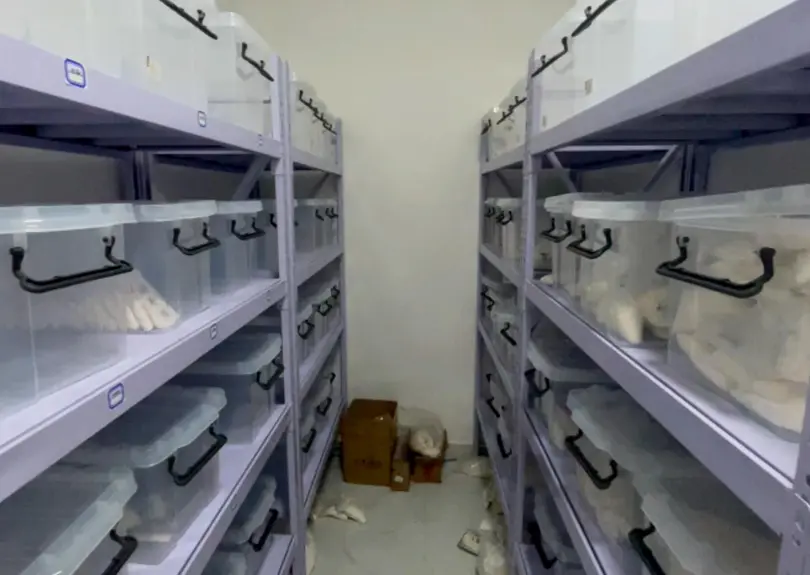
Dec . 03, 2024 22:20 Back to list
Exploring the Properties and Applications of Hydroxypropyl Methyl Cellulose in Various Industries
Hydroxypropyl Methyl Cellulose A Versatile Polymer in Modern Applications
Hydroxypropyl Methyl Cellulose (HPMC) is a non-ionic cellulose ether derived from natural cellulose. It has gained immense popularity in various industries due to its unique properties, including thickening, gelling, and film-forming capabilities. This versatile polymer is widely used in pharmaceuticals, food products, construction materials, and personal care items, making it a staple in both industrial and cosmetic applications.
Chemical Composition and Properties
HPMC is synthesized through the chemical modification of cellulose with propylene oxide and methyl chloride. The degree of substitution, which refers to the number of hydroxyl groups on the cellulose molecule replaced by hydroxypropyl and methyl groups, affects its solubility, viscosity, and thermal stability. This modification allows HPMC to dissolve in cold water, forming clear, viscous solutions that are crucial for various formulations.
One of the most remarkable attributes of HPMC is its ability to form gels and provide texture in solutions, making it an excellent candidate for thickening agents. Its rheological properties can be modified based on the degree of hydroxypropyl and methyl substitution, which allows formulators to tailor the viscosity to meet specific requirements.
Applications in Pharmaceuticals
In the pharmaceutical industry, HPMC is commonly used as a tablet binder and coating agent. Its film-forming properties enhance the stability and release profile of active ingredients, making it an integral component in sustained-release formulations. Furthermore, HPMC is employed in ophthalmic preparations, such as eye drops, owing to its ability to maintain moisture and provide lubrication.
Moreover, HPMC is used in the production of dietary supplements and functional foods. It acts as a controlled-release agent, ensuring that active compounds are released gradually, thereby improving bioavailability and efficacy. The polymer is also recognized for its compatibility with various pharmaceutical excipients, which makes it a preferred choice among formulators.
hydroxypropyl methyl cellulose

Role in Food Products
In the food industry, HPMC is employed as a food additive, functioning as a thickener, emulsifier, and stabilizer. It aids in the formation of gels and enhances the texture of sauces, dressings, and baked goods. By improving the mouthfeel and viscosity of products, HPMC contributes to the overall sensory experience of food.
Moreover, HPMC is a popular ingredient in gluten-free products. It helps mimic the binding properties of gluten, providing structure and elasticity to baked goods. As the demand for gluten-free options continues to rise, HPMC's role in food formulation is expected to grow.
Use in Construction Materials
The construction industry has also recognized the benefits of HPMC. It is employed in adhesives, tile grouts, and cement-based products, where it acts as a water retention agent, improving workability and extending the pot life of mixtures. HPMC enhances the adhesion of materials, providing better performance in construction applications. Moreover, it contributes to the flexibility and durability of finished products, making them more resistant to cracking and wear.
Conclusion
Hydroxypropyl Methyl Cellulose stands out as a multifunctional polymer that caters to various industries, from pharmaceuticals and food to construction. Its unique properties, such as thickening, emulsifying, and film-forming abilities, make it indispensable in modern formulations. As industries continue to evolve and seek innovative solutions, HPMC will undoubtedly play a crucial role in the development of new products and technologies, further solidifying its place as a vital ingredient in contemporary applications. With ongoing research and advancements, the potential uses of HPMC are limitless, ensuring its relevance for years to come.
-
Versatile Hpmc Uses in Different Industries
NewsJun.19,2025
-
Redispersible Powder's Role in Enhancing Durability of Construction Products
NewsJun.19,2025
-
Hydroxyethyl Cellulose Applications Driving Green Industrial Processes
NewsJun.19,2025
-
Exploring Different Redispersible Polymer Powder
NewsJun.19,2025
-
Choosing the Right Mortar Bonding Agent
NewsJun.19,2025
-
Applications and Significance of China Hpmc in Modern Industries
NewsJun.19,2025







